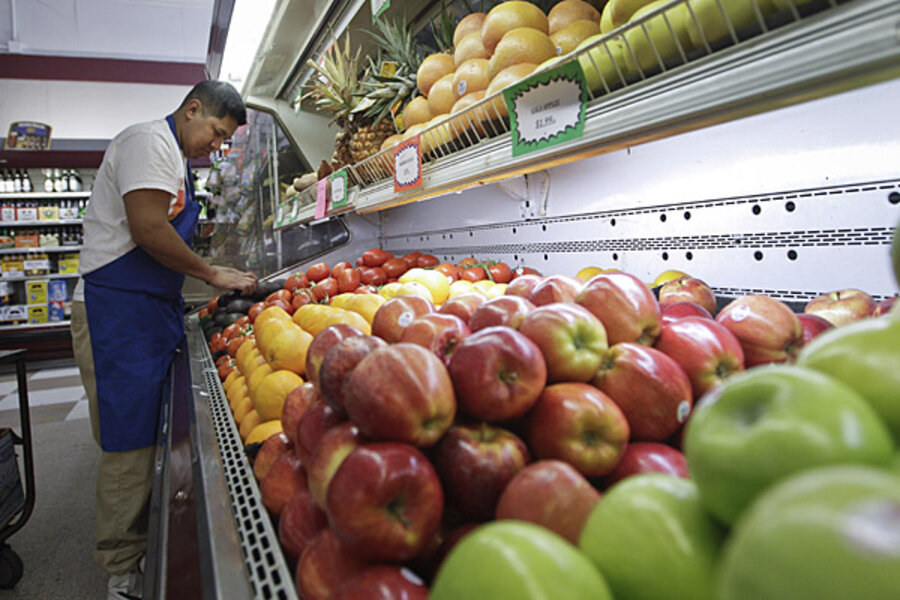Can local food reach mainstream supermarkets?
Loading...
Groceries and food service companies nationwide are finding that the best way to meet consumer demand for local food is by teaming up with regional food hubs.
These small-farm aggregators — more than 200 across the country — are the solution both to scaling up local food and ensuring its integrity.
That’s the key takeaway from a new Wallace Center resource designed to introduce a broader food industry audience to regional food hubs.
Food Hubs: Solving Local presents five case studies that demonstrate how food retailers and distributors team up with regional food hubs to get smaller farms’ products into larger scale supply chains.
The examples also show how food hubs help buyers satisfy demand embedded in “local” for economic, social, and environmental returns to farmers and their communities. Hubs are essential intermediaries for taking “good food” mainstream, food that is green for the planet, fair for workers and affordable for everyone.
At the Wallace Center our goal with Solving Local is for retail buyers and food distributors to take the next step and start or expand a food hub relationship. We are reaching out to trade media outlets as an essential step in initiating and building more of the supply chain partnerships that will make regional good food systems work.
The grocery industry’s leading trade magazine, Supermarket News, recently featured our report’s examples of supply chain innovation. Supermarket News fresh market editor Jenna Telesca’s “Solving Local” story was one of a number of articles in the February 24th magazine showing how the health and wellness trend is transforming the food retail landscape.
The Wallace Center is also reaching out to organizations like the Food Marketing Institute. FMI is a national trade group representing nearly 40,000 retail food stores and 25,000 pharmacies.
Mark Baum, FMI’s senior vice president and chief collaboration officer, says:
“The retail industry recognizes the broad consumer shift towards fresher foods. We also know that meeting this demand means addressing the challenge of how to pull consistent volumes of safe, locally sourced products through the supply chain. FMI looks forward to exploring how regional food hubs can help our members implement economically viable solutions.”
Next week, America’s food hub community gathers in Raleigh, North Carolina, for the National Good Food Network (NGFN) conference. NGFN is a peer-to-peer network of regional food systems practitioners, supporters, and food hub developers across the country that the Wallace Center launched in 2008. Investors, buyers, food hubs, and more will be there to learn, connect, and grow.
Later this year, NGFN will release a financial benchmarking study of member food hubs with Farm Credit System, a national cooperative of agricultural lenders. The study’s development of sound economic metrics and measures will be another forward step in market-based approaches to a more sustainable food and farm sector.
These efforts are important because food hubs are emerging as linchpins of regional food system infrastructure. Growing their market share is essential. Equally important is ensuring the market’s understanding and adoption of “good food” values embedded in demand for local.
The Wallace Center and National Good Food Network are bringing together the entrepreneurs, researchers, and partners needed to succeed. We invite you to join us in growing the business of good food. Share Solving Local with your networks, and learn more at foodhub.info.







